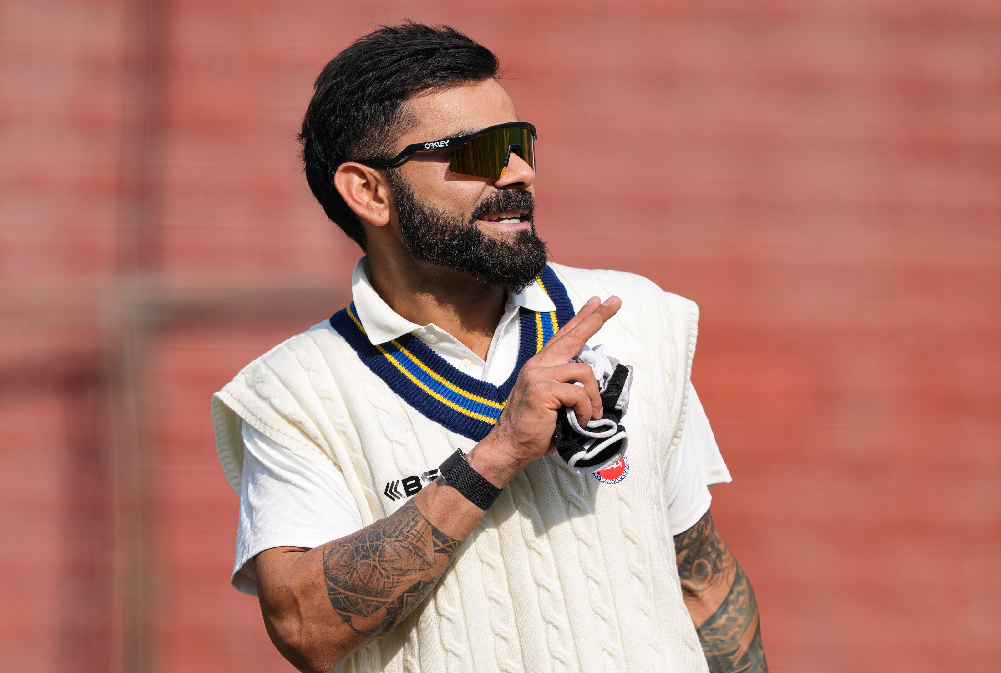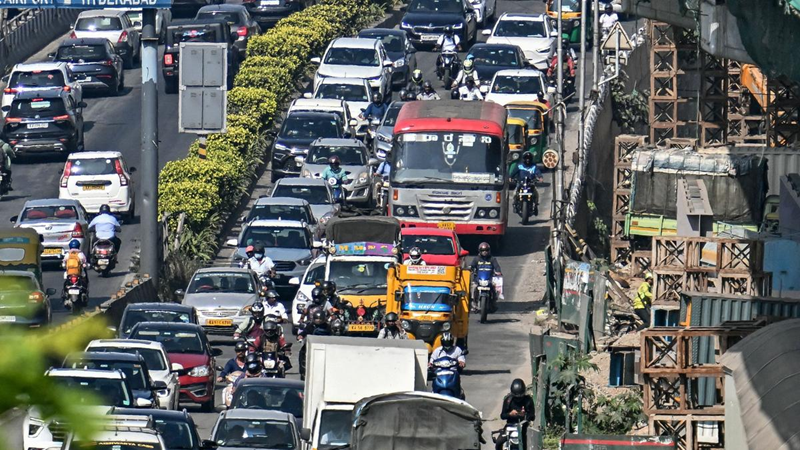
In rural India, no hearse to carry the dead!
Are we losing our humaneness as a society once guided by deeply entrenched values and the urge to ensure good living conditions for our fellow beings? Such thoughts inevitably come to one’s mind after reading a report on a man from Odisha being forced to carry the corpse of his wife for several kilometres because of the failure of the health centre concerned to provide him an ambulance.
The cops finally did him a good turn seeing his hapless state and arranged for an ambulance to take the body of his 30-year-old wife to his native village. The cops deserve kudos for doing that but the heart-wrenching incident has also drawn attention to the abysmally inadequate healthcare facilities in rural India where many primary health care centres do not even have adequate stocks of medicine.
Nor are they equipped with modern medical equipment like x-ray machines or testing facilities for proper diagnosis of ailments. One does not have to do too much of research to find out why the healthcare system in rural India has miles and miles to go; reports say 80 per cent of India’s 1.4 crore doctors work in urban spaces like cities despite the fact that some states have imposed conditions on medical students for compulsorily serving in rural areas for a certain period.
While the World Health Organisation (WHO) recommends a 1:1000 doctor-patient ratio as the ideal norm, the ratio could not be more lopsided in rural India where reports put it at 1:11,000. It obviously means that rural patients either have to travel long distances to reach the nearest healthcare facility or rely on the services of quacks or poorly trained midwives and healthcare personnel endangering their lives.
And in case of health complications which necessitate consultation with a specialist, the situation is no less than grim for few healthcare facilities in rural India have specialists to attend to serious cases. So why should be one surprised if lakhs of children die in India every year of water-borne diseases? Seventy per cent of the country’s population resides in rural areas and yet rural India has only one of every five hospitals. It is a stark pointer to the lopsided priorities of our policy planners with urban centric development depriving the rural population of healthcare when they are the ones who desperately need it.
Rural India is in the throes of a severe economic crisis - millions of jobs have been lost during the pandemic years, sky-rocketing inflation has taken away the limited economic resources these hapless families had and with remunerative prices for their produce still a distant dream, the plight of the rural Indian could not be worse. Much-needed funds for rural employment schemes have been cut and all that the farmer can hope for is a good monsoon to restore the lush green look in his fields. Healthcare is something which needs massive government intervention and that has sorrily not happened in the past several decades.
The soul of India lives in its villages, declared Gandhiji at the beginning of the 20th century and it is obvious from what Sambulu Pangi went through as he tried to walk the 80 km to his villages with his wife’s body on his shoulder that nothing much has been done to make rural India alive and bustling with economic activity and prosperity. It also proves that urban oriented policies in a country with a huge rural populace simply do not work.
 English daily published in Bengaluru & Doha
English daily published in Bengaluru & Doha






